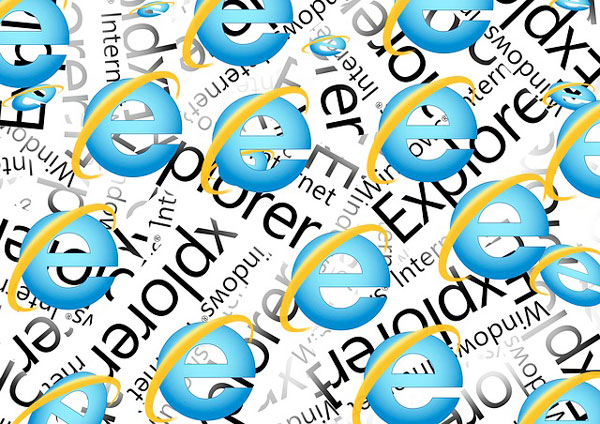
Microsoft recently released their new Internet Explorer 10 browser for the home computer Windows 7 market. Internet Explorer 10 is the standard Microsoft browser on Windows 8. Windows 7 users can now take advantage of the latest of the IE browsers. There are plenty of reasons to do so.
IE 10 provides two modes of operation: a Metro mode for touch screen operation and a Classic mode that looks almost exactly like IE 9. Windows 8 users are greeted by the tablet-PC friendly Metro mode while Windows 7 users will start up with Windows mode. The two modes may be alternated as you wish.
Much like Chrome does by default, IE 10 can update itself seamlessly during operation. As Microsoft adds innovations and new web standards are accepted and implemented by the platform, IE 10 users won’t need to worry about running installers to get the latest and greatest.
Backed by native Operating System (Windows) hardware acceleration, IE 10 also feels quick and responsive. With expanded support for HTML5 and CSS3, some long accepted techniques such as gradient backgrounds and text shadows are finally available. New techniques for offline operation of web applications using application caching and built-in database store are ready, as well as usability improvements such as drag-and-drop awareness. This means that app developers finally have a reason to consider IE as a deployment platform.
Much of the ground lost by Microsoft in the browser wars has been its own fault. IE 10 leveled the playing field. Anyone currently using IE 9 on Windows 7 should look into upgrading their browser. However, Chrome and Firefox are still the cutting-edge of the browser experience. Users of these browsers will probably miss the apps, games, and add-ons they’ve grown accustomed to, considering the IE10 web app store is still new. Nonetheless, Microsoft finally has a browser (IE10) that holds its own and that they can be proud of.
Unfortunately, Windows XP only supports up to version IE 8. Windows Vista only supports up to version IE 9.
Published on April 22, 2013